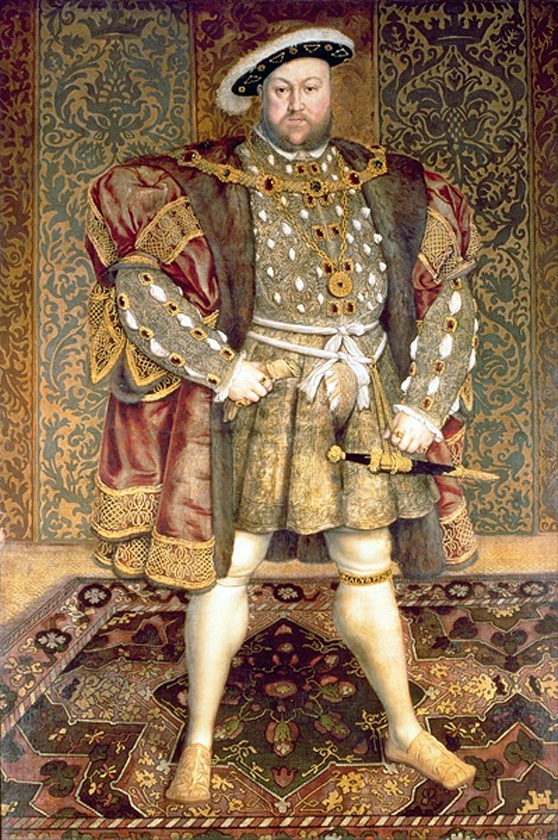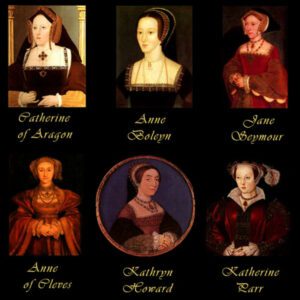Henry VIII's Succession Problem
For most of his adult life, Henry was a devout Catholic, attending Mass daily and regularly making pilgrimages to holy sites across England. Despite his faith, Henry had two problems: the lack of a male heir and the need for money to maintain the realm. The future King was born in Greenwich, England, on June 28, 1491, the second son of Henry VII, the first English ruler from the House of Tudor.
Henry VII had taken the English crown after his victory at the Battle of Bosworth Field and subsequently wedding Elizabeth of York, daughter of past King Edward IV and the heiress of the Yorkist claim to the throne, consequently uniting the former warring factions of Lancaster and York under the Tudor dynasty.
Henry VIII became King in 1509 at his father death. The intended king, Henry’s brother Arthur, died earlier in 1502. Following his coronation, Henry married his brother’s wife, Catherine of Aragon. Due to her earlier marriage to his brother, Pope Julius II granted a papal dispensation allowing the wedding. Over the next 15 years, Catherine bore him three sons and three daughters, all but one of whom died in infancy. The sole survivor was Mary (later Mary I or “Bloody Mary“).
In 1517, Martin Luther published his 95 Theses, criticizing the sale of indulgences and papal authority, considered the start of the Reformation. In 1521. Henry responded with the publication of Assertio Septem Sacramentorum (Defense of the Seven Sacraments) dedicated to Pope Leco X. In return, the Pope rewarded Henry with the title Fidei Defensor (Defender of the Faith) in October 1521 (a title subsequently revoked following the king’s break with the Catholic Church in 1530 with Henry’s excommunication.

Need for a Male Heir

A male heir was crucial to continuing the royal line and securing the kingdom. It was probably the queen’s most fundamental responsibility. Henry was only the second Tudor monarch, the son of a king some though illegitimate since the dynasty was founded on conquest rather than heritage. A female heir was not good enough – in England there’d never been a ruling queen and a daughter’s accession could be challenged.
When Catherine of Aragon was unable to produce a male heir, Henry wanted a second wife – Anne Boleyn – who might produce the son he wanted. Pope Clement refused to annul his marriage to Catherine, ultimately triggering the formation of the Church of England with Henry as its head.
Anne birthed Henry’s second daughter – Elizabeth I – before being beheaded in the Tower of London for the trumped-up charges of treason, adultery, and incest. Henry then married Jane Seymour leading finally to the birth of a son, Edward VI. Jane died two weeks later. Henry married three additional women in his remaining lifetime, bring the total to six wives, three of which were named Catherine..
